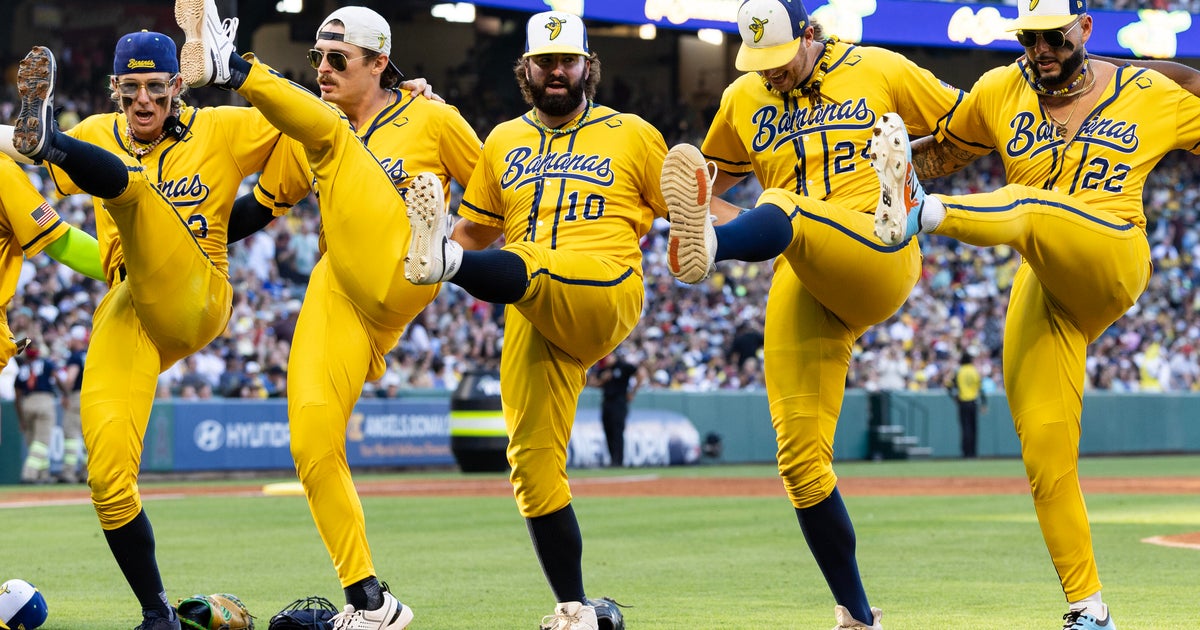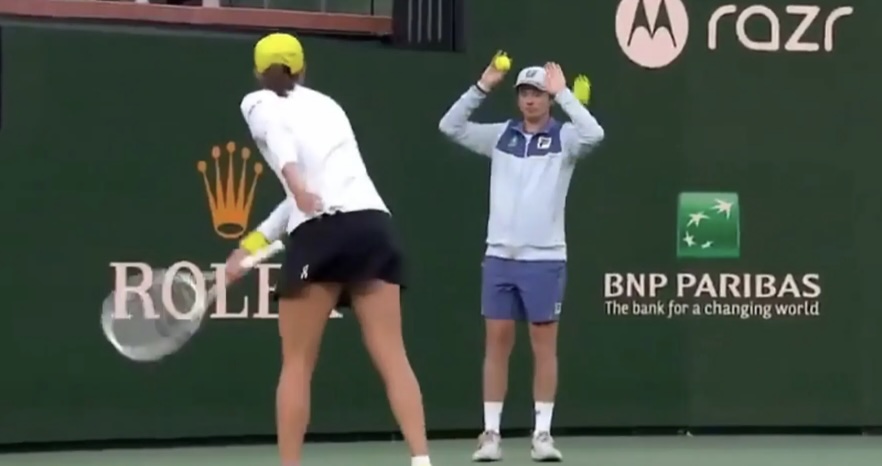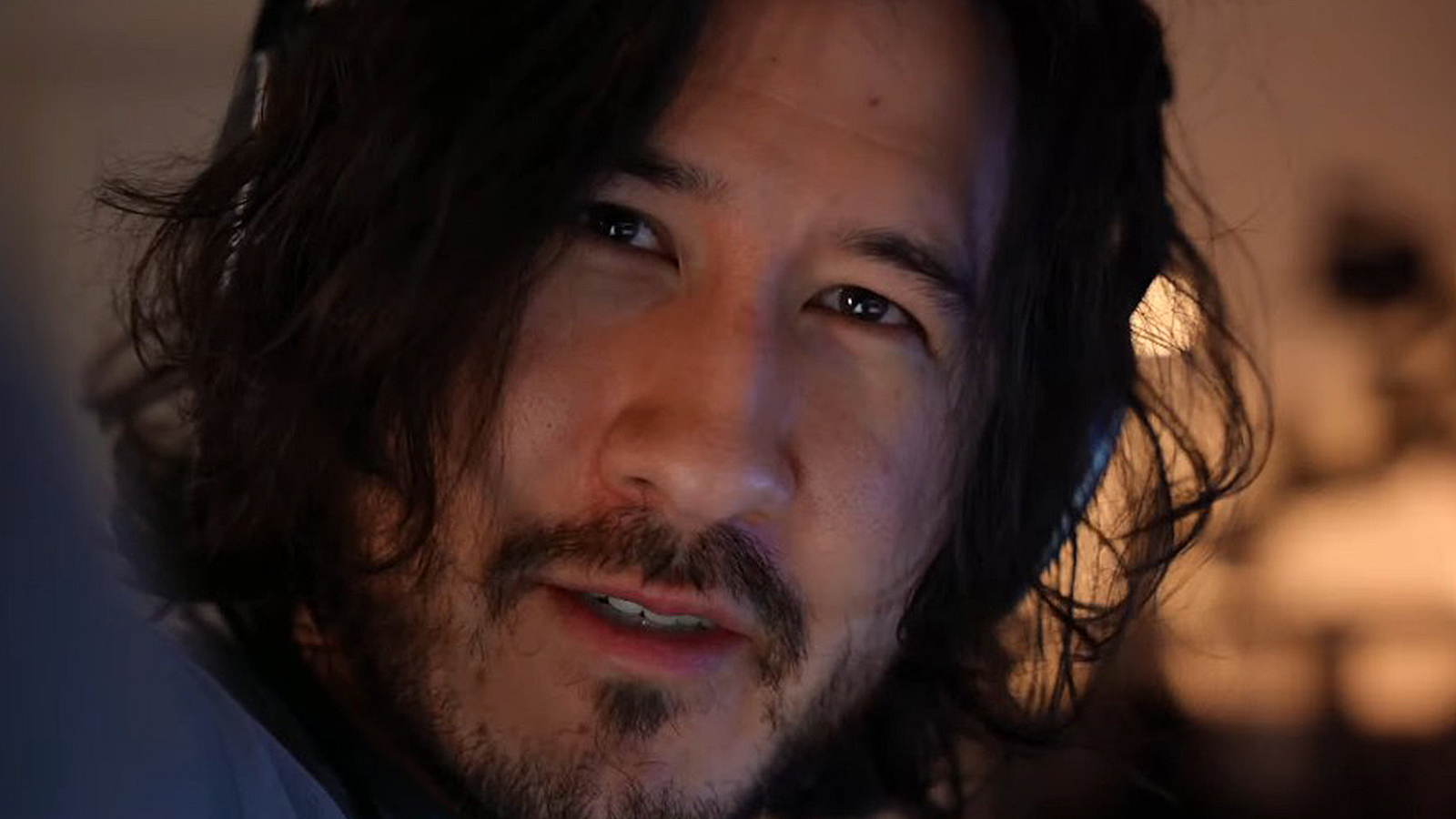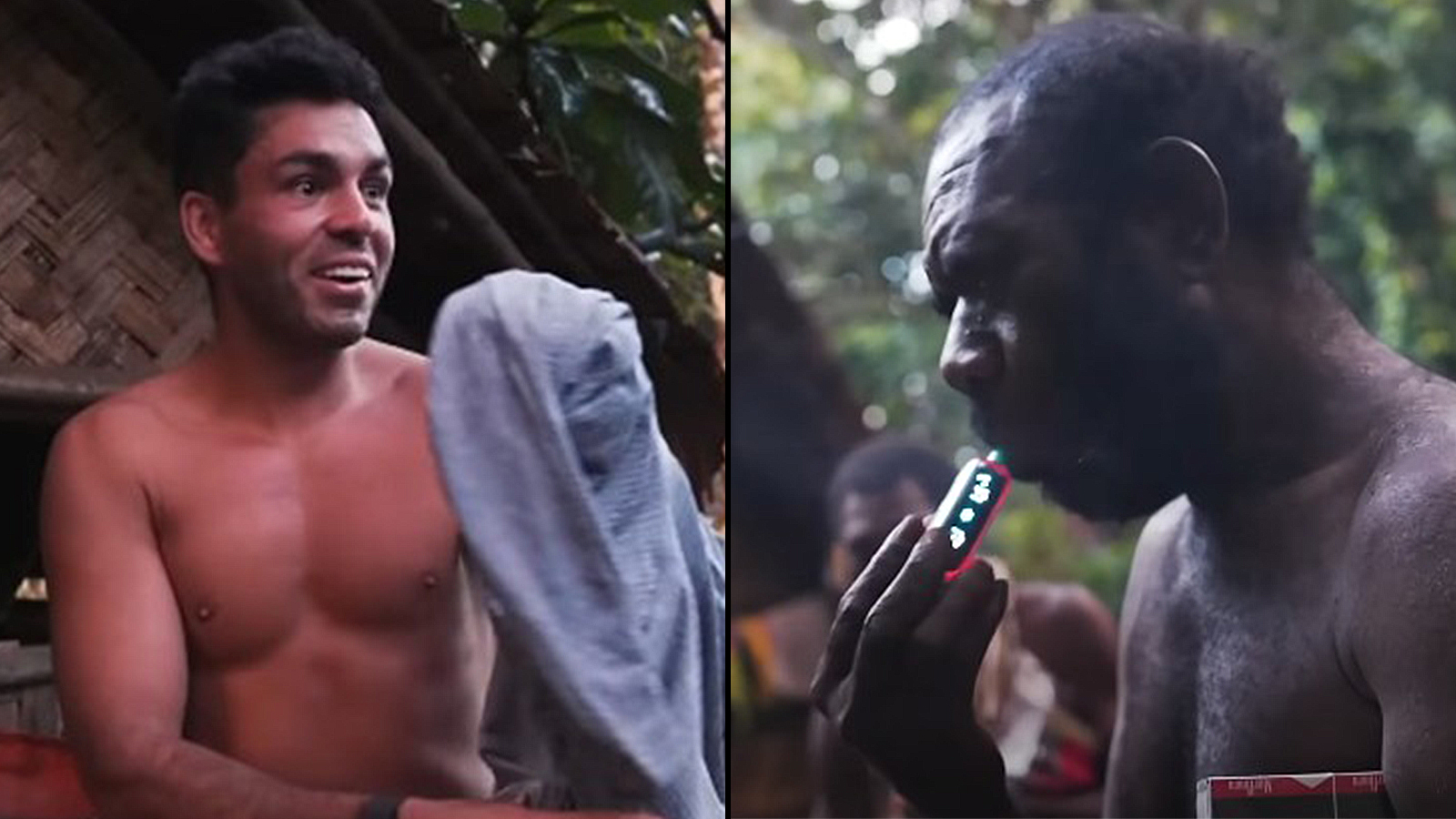Takashi Murakami Unveils Colorful Exhibit at Cleveland Museum of Art
Takashi Murakami, a titan in contemporary art, has transformed the Cleveland Museum of Art into a vibrant showcase of his creativity, featuring more than 100 pieces that span various mediums. From paintings and sculptures to collaborations with luxury brands like Louis Vuitton, Murakami's work defies categorization.
The exhibit, titled "Takashi Murakami: Stepping on the Tail of a Rainbow," opened Sunday and is an evolution of a previous display in Los Angeles. It invites viewers into a world where cheerful motifs collide with deeper narratives. "I layer light-hearted themes with historical events linked to trauma," Murakami explained in an interview with The Associated Press.
Ed Schad, curator at The Broad in Los Angeles, elaborated on the exhibit's thematic depth, stating, "The art explores the impact of trauma on people and culture." He emphasized that the portraits serve as reflections of societal health and responses to trauma, noting, "What society is responding to most often in this exhibition is the idea of trauma."
Among the standout pieces is a sculpture titled Pom and Me, which presents Murakami and his dog in a dual form—one half anatomical, revealing bones and organs, while the other half showcases their external appearances. This piece encapsulates Murakami's journey through Western experiences viewed through his Japanese identity.
One wall of the exhibit bursts with square portraits of cartoonish flowers, each adorned with distinct facial expressions. The arrangement creates a rainbow effect, with flowers depicting a range of emotions—from one wiping a tear to another resembling a zombie or one dripping blood. Another flower gazes in awe at fireworks.
While the artwork does not overtly reference specific historical events, it resonates with three significant moments in Japanese history: the atomic bombings of Hiroshima and Nagasaki, the 2011 Tōhoku earthquake and tsunami leading to the Fukushima disaster, and the COVID-19 pandemic.
Murakami addressed misconceptions about his art's accessibility, stating, "It's a bit of a misunderstanding that my work is very easy and very popular." He added, "But this is okay because this is one of my tricks." He noted that what captivates a child may differ vastly from what resonates with an adult viewer.
Before entering the main exhibit on the lower floor, visitors encounter a replica of Yumedono, an octagonal structure inspired by Horyuji Temple in Nara, Japan. This architectural piece was influenced by Murakami's viewing of the upcoming television series "Shōgun."
Inside Yumedono are four new paintings—"Blue Dragon Kyoto," "Vermillion Bird Kyoto," "White Tiger Kyoto," and "Black Tortoise Kyoto"—crafted between 2023 and 2025. The exhibit will be open to ticketed visitors until early September.




















